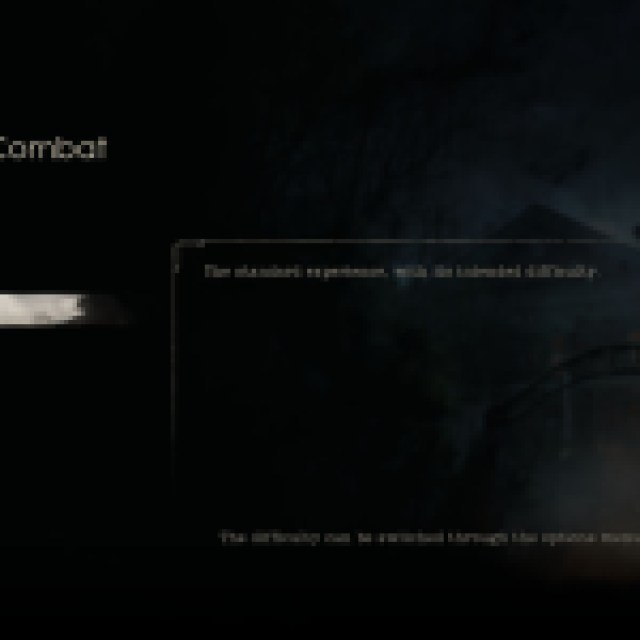One of the most defining aspects of a horror game is its difficulty against the inevitable monsters that appear sooner or later, and Alone in the Dark is not immune to these. Here are the settings you can change when deciding if you want easier or more difficult conflicts.
All Alone in the Dark Difficulty Settings
At the start of a new playthrough there are three different difficulty options. These will only affect combat against monsters, and puzzles/investigation won’t be affected by this choice. You can swap it whenever you want through the menu, so your choice is not permanent. If you ever feel like fending off creatures is a snoozefest, you could bump up their stats for a bit.


Easy
At the start of a new playthrough, there will be three different difficulty options. These consist of the story mode-only difficulty, where most enemies die with just one or two shots. You also have a lot of ammo you can find while searching for clues, so missing a shot will never be an issue. More difficult encounters will generally be a lot easier as well. It only impacts combat against monsters, and puzzles/investigations won’t be affected by this choice. You can swap it whenever you want through the menu, so your choice is not permanent. If you ever feel like fending off creatures is a snoozefest, you could bump up their stats temporarily.
Standard
The intended, regular difficulty mode in which enemies aren’t easy but aren’t very difficult either. This mode is not a big step up from the previous difficulty, as you still find yourself with lots of extra ammo. You might be taken by surprise on a few occasions, though.
Hard
The ultimate challenge in the game. Not only will monsters be tougher, but ammo will not be as easily found as before. You will still have enough ammo to take them on, but you can’t allow yourself to miss too many shots. Recommended for more experienced players.
With all of that considered, Standard is the ideal difficulty setting for most people. In a mystery/horror game such as Alone in the Dark, combat isn’t the main focus as you’re inclined to continue searching for the truth behind the strange occurrences in the Derceto mansion. No time to waste with strange creatures.
But unless you’re aiming to clear them out as soon as possible (for challenging purposes or achievements, for example), there is no need to head into Easy either. Options are always easy to change in the pause menu, however.
Hard mode, on the other hand, won’t make any of the mysteries any harder and only turns enemies into bigger damage sponges. It’s still an extra challenge, so nothing’s stopping you from heading into it. But it didn’t appeal quite well to me, so I wouldn’t exactly recommend it. You should tweak the Guidance options if you’re looking for harder mysteries.





Published: Mar 20, 2024 12:10 am